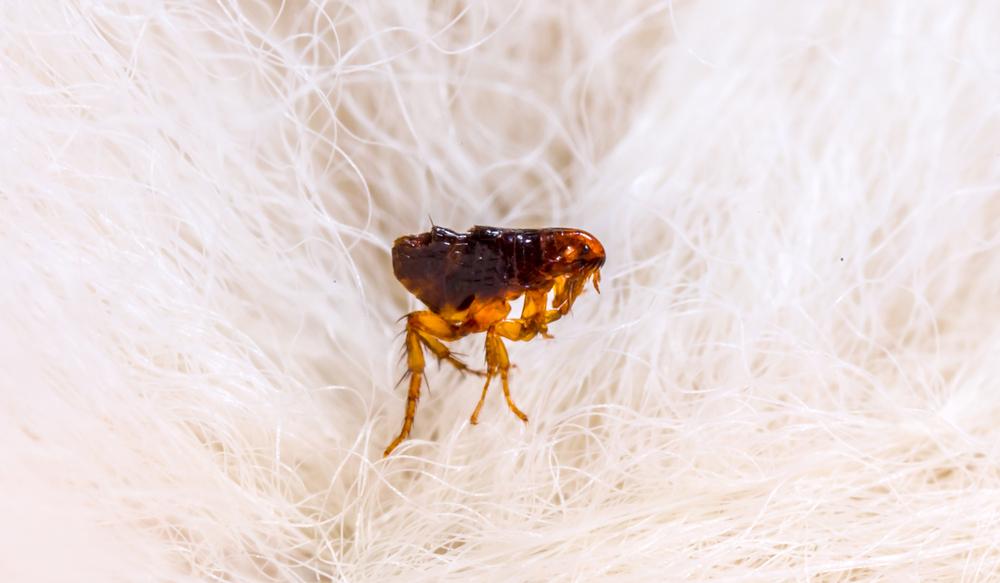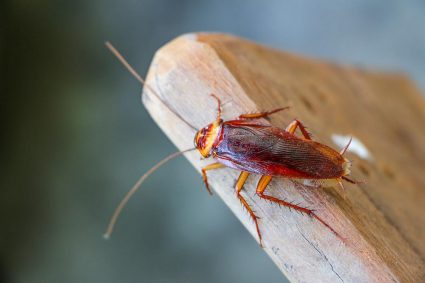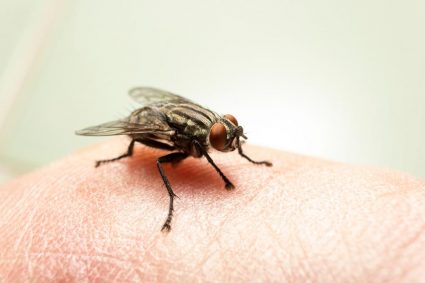
Applying flea treatment to your kitten is an essential part of maintaining their health and well-being. Fleas are not only irritating for your kitten, but they can also lead to serious health issues like anemia. This article will provide a comprehensive guide on how to apply flea treatment to a kitten, ensuring your furry friend stays flea-free.
To apply flea treatment to a kitten, first choose a product specifically designed for kittens such as Revolution Topical Solution, Capstar Oral Flea Treatment, or Advantage II Kitten. Ensure your kitten is calm, then part the fur at the base of the kitten’s neck to expose the skin and apply the treatment directly onto the skin. Do not touch the treated area until it is completely dry, which usually takes around 24 hours. After application, monitor your kitten for any signs of adverse reactions and consult with your veterinarian for a regular treatment schedule.
Choosing the Right Flea Treatment for Your Kitten
The first step in applying flea treatment to your kitten is to choose the right product. Flea treatments come in various forms, such as topical solutions, oral medications, and even flea collars. However, not all flea treatments are suitable for kittens.
Kittens can start receiving flea treatments when they are at least 7 or 8 weeks old and weigh at least 1.5 lbs. It’s critical to choose a product specifically designed for kittens, ensuring it’s safe for their age and weight. Some popular and vet-recommended options include Revolution Topical Solution, Capstar Oral Flea Treatment, and Advantage II Kitten.
Preparing Your Kitten for Flea Treatment
Before applying the flea treatment, make sure your kitten is calm and comfortable. This process may require a helper to gently hold the kitten while you apply the treatment.
Application Process
Begin by reading the instructions provided on the flea treatment package to ensure proper application. Open the tube or pipette, holding it vertically, and open the tip. Part the fur at the base of the kitten’s neck to expose the skin. Apply the treatment directly onto the skin. Make sure the treatment touches the skin and not just the fur to ensure it’s absorbed properly.
Do not touch the treated area until it is completely dry, which typically takes around 24 hours. During this time, keep the kitten away from other pets and children to prevent them from coming into contact with the treatment.
Post-Treatment Care
After applying the treatment, wash your hands thoroughly. Monitor your kitten for any signs of adverse reactions or irritation. If you notice any issues such as excessive scratching, redness, or vomiting, contact your veterinarian immediately.
Flea Treatment Maintenance
Flea treatments are typically applied once a month. However, always consult your veterinarian for the recommended frequency for your kitten. Regular application of flea treatment is crucial in preventing future flea infestations.
Remember, treating your kitten is only one part of flea control. You should also treat your home and other pets for fleas to ensure a comprehensive approach to flea control. Regularly vacuum your home, wash pet bedding, and use flea treatments on other pets in the household.
Conclusion
Applying flea treatment to your kitten is a vital part of their health care regimen. By choosing the right product, applying it correctly, and maintaining a regular treatment schedule, you can keep your kitten happy, healthy, and flea-free.
Always consult with a veterinarian if you have any concerns about using a specific product on your kitten. They can provide guidance and recommendations based on your kitten’s specific needs.
Frequently Asked Questions
Can I bathe my kitten after applying flea treatment?
It’s recommended to wait at least 48 hours after applying the flea treatment before bathing your kitten. This ensures the treatment has had enough time to absorb into the skin and won’t be washed off.
Can flea treatments harm my kitten if ingested?
Flea treatments are designed to be safe for pets, but they can cause harm if ingested in large amounts. If your kitten licks or ingests the treatment, they may experience drooling, vomiting, or diarrhea. Contact your vet immediately if this occurs.
How can I tell if my kitten has fleas?
Common signs of fleas in kittens include excessive scratching or biting at the skin, red or irritated skin, hair loss, and visible fleas or flea dirt in their coat. If you suspect your kitten has fleas, consult your vet for proper diagnosis and treatment.
Can I use dog flea treatment on my kitten?
No, you should never use dog flea treatments on kittens. They often contain different ingredients and concentrations that could be harmful or deadly to cats. Always use a flea treatment specifically designed for kittens.
Can flea treatments cause side effects in kittens?
While most kittens tolerate flea treatments well, some may experience side effects such as temporary irritation at the application site, restlessness, or changes in behavior. If these symptoms persist or worsen, consult your vet immediately.









